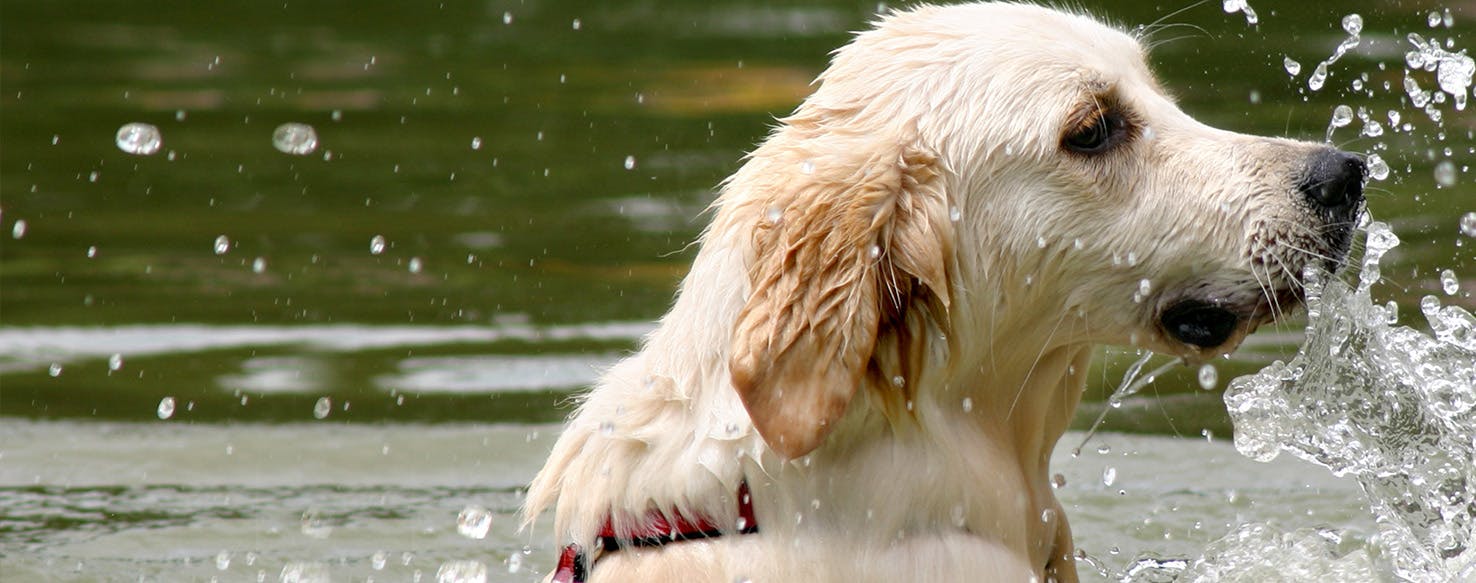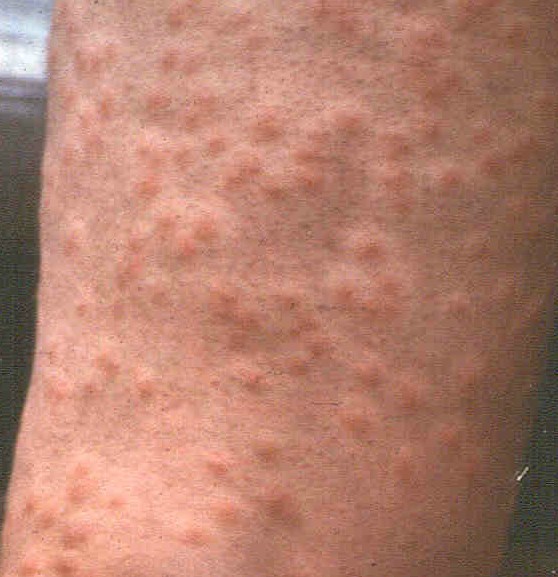


To learn more about how we test, see How We Monitor Beach Water Quality. coli bacteria or blue-green algae go down. If a water test is concerning, the beach will close for swimming until levels of E. coli bacteria and blue-green algae and their toxins to protect swimmers and other recreational water users. Check conditions before going in the water, avoid contact with blue-green algae, and stay out of the water if posted signs say “closed for swimming.”įrom Memorial Day to Labor Day, we test water at the beaches below. With some motivation, tackling these concerns and setting up your yard before the summer months leaves more time for fun in the sun with your pup! Time to get those paws wet and max out on all the benefits and great memories just waiting to be had.Beach Alert: We monitor water quality at beaches from Memorial Day to Labor Day. Planning ahead makes for a perfect time to check for any early-season deals. If an infection arises, always go to the vet for proper antibiotic treatment.

Speak to your vet about whether a cone would assist in the healing process while treating an infection. The affected area could also be red and warm to the touch with a bad odor. Some pets will try and scratch deep in their ears when they are bothering them or will consistently shake their heads. Though just in case it does seem like a possibility it’s good to know what to look for. Regular ear washes and using something soft such as a cotton ball to dab excess water from the ears can be used to protect against doggy swimmers’ ears. The dog’s ear does not drain as well as a human’s, so unfortunately ear infections can be a fairly common issue. Our dogs can suffer from ear infections when water gets stuck in their ears and bacteria begin to thrive. Swimmer’s ear is unfortunately not just a concern for humans. If you’re questioning whether your breed might do well here’s a list of some popular strong and weak swimmers. This can be due to size/anatomy, coat, or simply lack of interest. There are dog breeds that are better equipped for swimming and some that should maybe stick to the kiddie pools.
Dog swimmers itch full#
Always keep a fresh source of water full for your furry friend, a cool/shady place for them to rest. While it is a highly recommended activity, it is still a tiring activity so always keep an eye on your pup in the pool to avoid any accidental problems such as overexertion and dehydration. Not to mention it can switch up the everyday routine in a fun way.

The low-impact activity allows for a full range of motion without the normal pain certain exercises may cause. Swimming is a popular substitute for walking for dogs that are getting older and/or experiencing pains such as arthritis. If you’d like more info on training to help your dog swim in your pool, check out our other blog post! General etiquette training sometimes included.Supervised pool time up to 30 minutes a day.The average offerings with most local options include: This is a great alternative to home training and offers an opportunity for new dog friends. For specialized instruction, consider enrolling in swimming lessons. At-home training can include things such as life jackets and shallower pools to assist in training. Make sure your dog is having a good time in the pool too! If they happen to be a little apprehensive at first, treats are the tried and true way to get those paws wet.


 0 kommentar(er)
0 kommentar(er)
